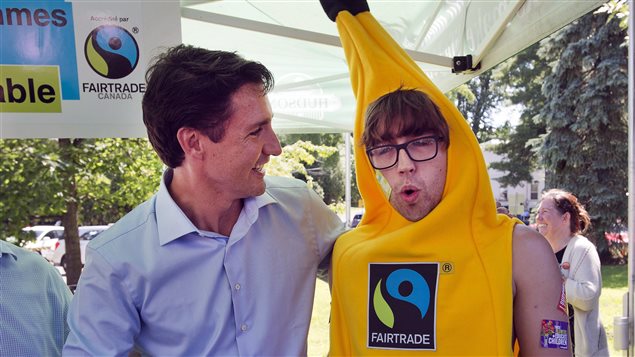Day Three of Canada’s longest election campaign since 1872 saw the three main political party leaders focusing on big city voters.
Prime Minister Prime Minister Stephen and Liberal leader Justin Trudeau campaigned in Toronto. NDP leader Thomas Muclair, who took Monday off to prep for Thursday’s leaders’ debate, was in Montreal.
Meanwhile, new polling figures show just how wide open this 78-day race to Oct. 19 could wind up being.
Nanos Research data, published in Tuesday’s Globe and Mail, showed that just 40 per cent of Canadians have picked a party that they say they will stick with.
Moreover, 60 per cent of those surveyed said they are still considering voting for two or more parties, or are unsure of the party they will choose.
Another 20 per cent said they said they are still considering voting for any one of three or more parties in the race.
Nanos data published in Monday’s Globe and Mail suggested that the three main parties entered the race in a statistical dead heat–all hovering around 30 per cent support.
Mr. Harper won his majority government in 2011 with just under 40 per cent of the vote. That was good enough to trump the just over combined 50 per cent won by NDP and Liberals (31 per cent for the NDP, 19 per cent for the Liberals).
Prior to Sunday’s election call, the Conservatives held 159 seats in the 308-member House of Commons. They were followed by the NDP (95 seats), the Liberals (36 seats). Fourteen seats were held by minor parties and independents. Four were vacant.
Thirty new seats have been added in this year’s election.







For reasons beyond our control, and for an undetermined period of time, our comment section is now closed. However, our social networks remain open to your contributions.